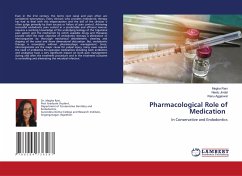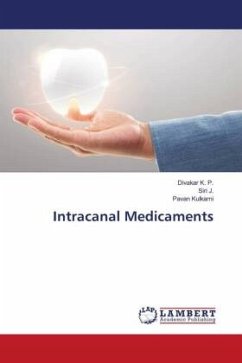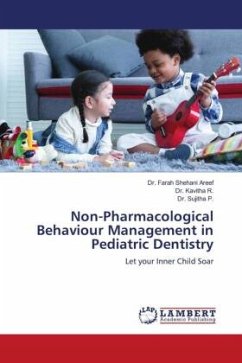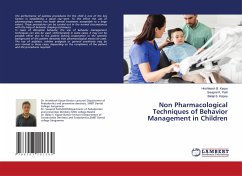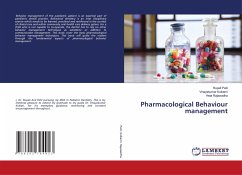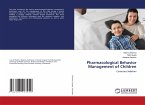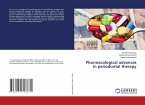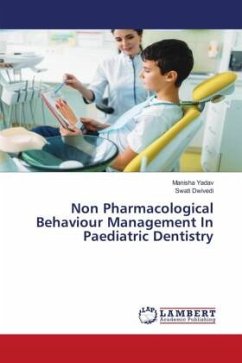Even in the 21st century, the terms root canal and pain often are considered synonymous. Every clinician who provides endodontic therapy has had to deal with this misperception and the skill of the clinician is often judge primarily by their success or failure of pain control. Achieving successful endodontic pain control in a predictable and efficient manner requires a working knowledge of the underlying biology of the trigeminal pain system and the mechanism by which available drugs and therapies provide relief.The main objective of endodontic therapy is elimination of microorganism by thorough mechanical debridement, cleaning and shaping of the canal and three dimensional obturation. But, endodontic therapy is incomplete without pharmacologic management. Since, microorganisms are the major cause for pulpal injury, many cases require the need of antibiotics.Pre-operative medications including both antibiotics and analgesics have a very significant impact on both pain management during and after the treatment procedure and in the treatment outcome in controlling and eliminating the microbial infection.

